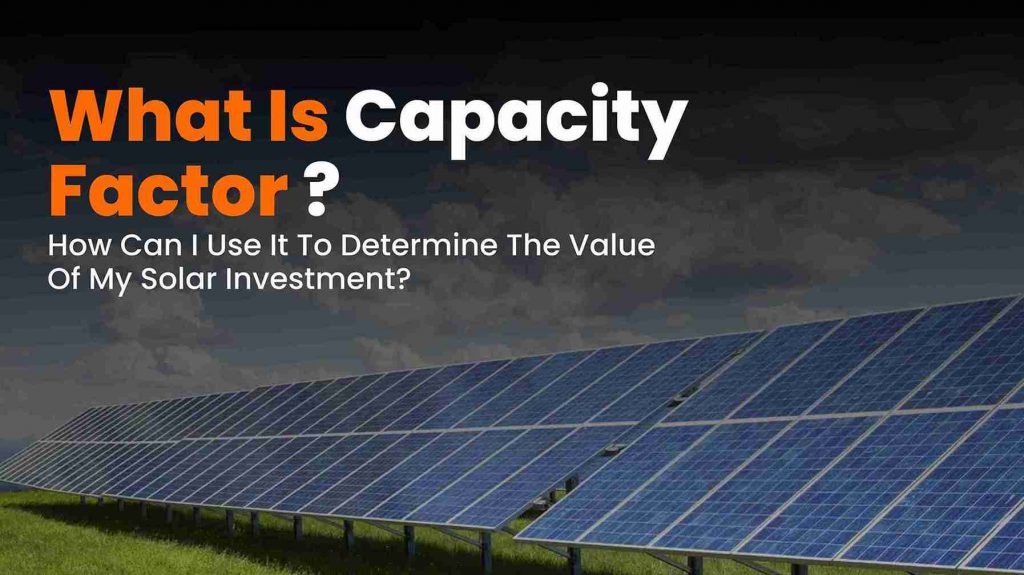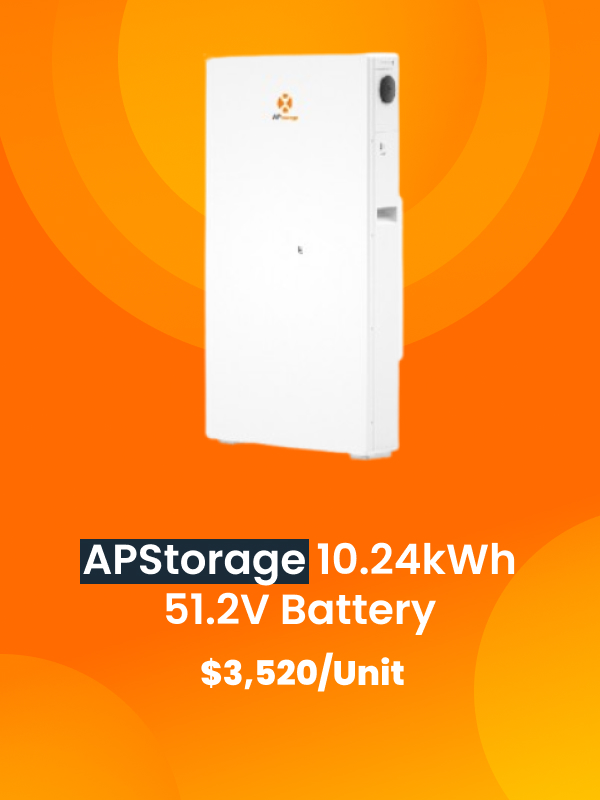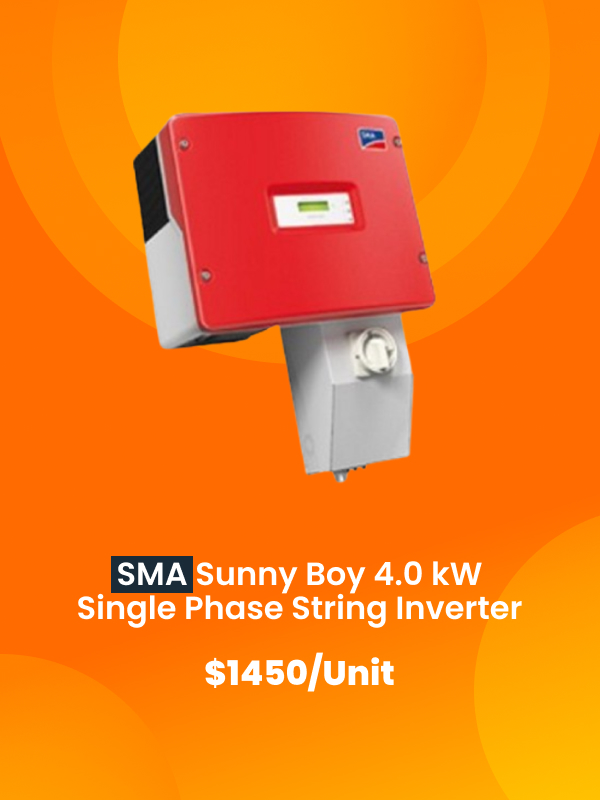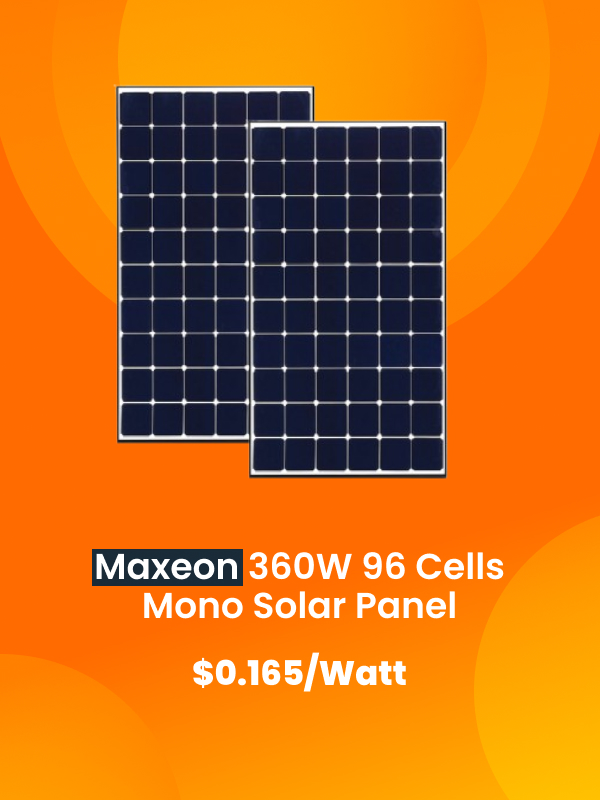At Sunhub, we understand that not everybody reading our blog is an electrical engineer or an expert in solar. For that reason, we think it’s important to simplify some of the more complicated concepts in our industry. Today we’re going to explain what capacity factor is and how you can use it to determine whether you’re getting the most out of your solar system.
An introduction to capacity factor
Capacity factor is a metric used to measure how much energy a solar panel system can generate in real life. It compares the total amount of energy produced by a solar installation over an extended period of time with what it would have produced if it had operated at full capacity during that same period of time. It tells us just how effective the system will be in terms of its efficiency and productivity.
We’ve now used three words that you hear on a regular basis that we need to distinguish in solar terms:
Energy is the quantitative property of something to do work. Work in a solar system is performed by solar panels that convert sunlight into power.
Efficiency relates to how much energy is used to produce energy. In the solar world, we are always seeking ways to manufacture panels with the highest level of efficiency possible.
Productivity is the measure of the economic benefit we receive from each unit of energy we use
Now consider that our discussion here relates to the efficiency and productivity of solar panels, which are an energy source.
Let’s talk about efficiency
The capacity factor of a solar panel system depends on several factors that affect the performance of solar systems:
Location and placement
Where and how solar panels are installed determines how much sunlight they receive at any given time of year.
An area with more hours of strong sunshine will typically result in higher capacity factor values than one with fewer hours or weaker sunlight
In the northern hemisphere, solar panels should always face true south for maximum access to the sun as it is always in the southern half of the sky. This is why tilted panels are ideal. You can even determine the angle at which to tilt your panels at any time of the year.
Environment
Solar panels that are constantly covered with debris will not be as efficient as those that are regularly cleared. Solar cells need access to the sun, whether direct or indirect, and if they are blocked by snow, leaves, or other debris they cannot get it.
Quality
There are several different types of solar panels: monocrystalline, polycrystalline, and thin film panels. Each type produces at decreasing levels of efficiency, and there are different brands within each type.
Age
High quality solar panels degrade at a rate of about .5% every year, which means they produce about 12-15% less at the end of their 30yr+ lifespan.
Management
Remember when we mentioned that debris affects efficiency? Solar panels are generally low maintenance. If they’re cleared of debris regularly, their efficiency is increased and they tend to last longer.
Weather conditions
Some are surprised to learn that solar panels are more effective in cooler temperatures than the hotter ones where solar panels are most commonly found. Like the electronics in your computer, solar panels are manufactured using the semiconductive component silicon. Silicon performs best in cooler conditions which is why solar panels do quite well in cold climates with plenty of sunlight.
Additionally, installations located at higher elevations may experience less shading from clouds or trees during peak sun hours which can lead to improved production numbers.
Let’s talk numbers
Now it’s time to determine whether you’re getting what you paid for.
To determine your installation’s capacity factor, you will compare its actual output over a given year with what it was estimated to produce under ideal conditions (such as 1000 kWh/kWp output per year). The difference between these two values is known as capacity deficiency. For example: If you expected your solar panel system to generate 1000 kWh/kWp but only generated 800 kWh/kWp then your installation’s capacity factor would be 80%.
Knowing your installation’s capacity factor can help you identify potential areas for improvement such as changing out outdated equipment or adding additional features like tracking systems or optimizing inverters or other components so that you get maximum efficiency from your investment.
In addition, understanding how much electricity your solar panels are producing relative to their potential helps inform decisions about whether investing in additional panels may be beneficial; if your current panels are near their limit for generating energy then adding more could definitely help increase overall production. Additionally, some innovative technologies like bifacial modules can even increase efficiency by capturing light from both sides of the module, offering even higher capacity factors than conventional one-sided models.
The bright idea
Overall, capacity factor is an important metric for anyone considering investing in solar energy as it serves as an indicator of how effective their system is at generating electricity over time compared to its theoretical maximum potential. When making decisions related to your own installation, it is useful data to use alongside other metrics like Levelized Cost Of Energy (LCOE) and Return On Investment (ROI) to make sure that you are getting the most out of your investment.
Want to get more efficient? Talk to our sales team today or ask us for a quote!




